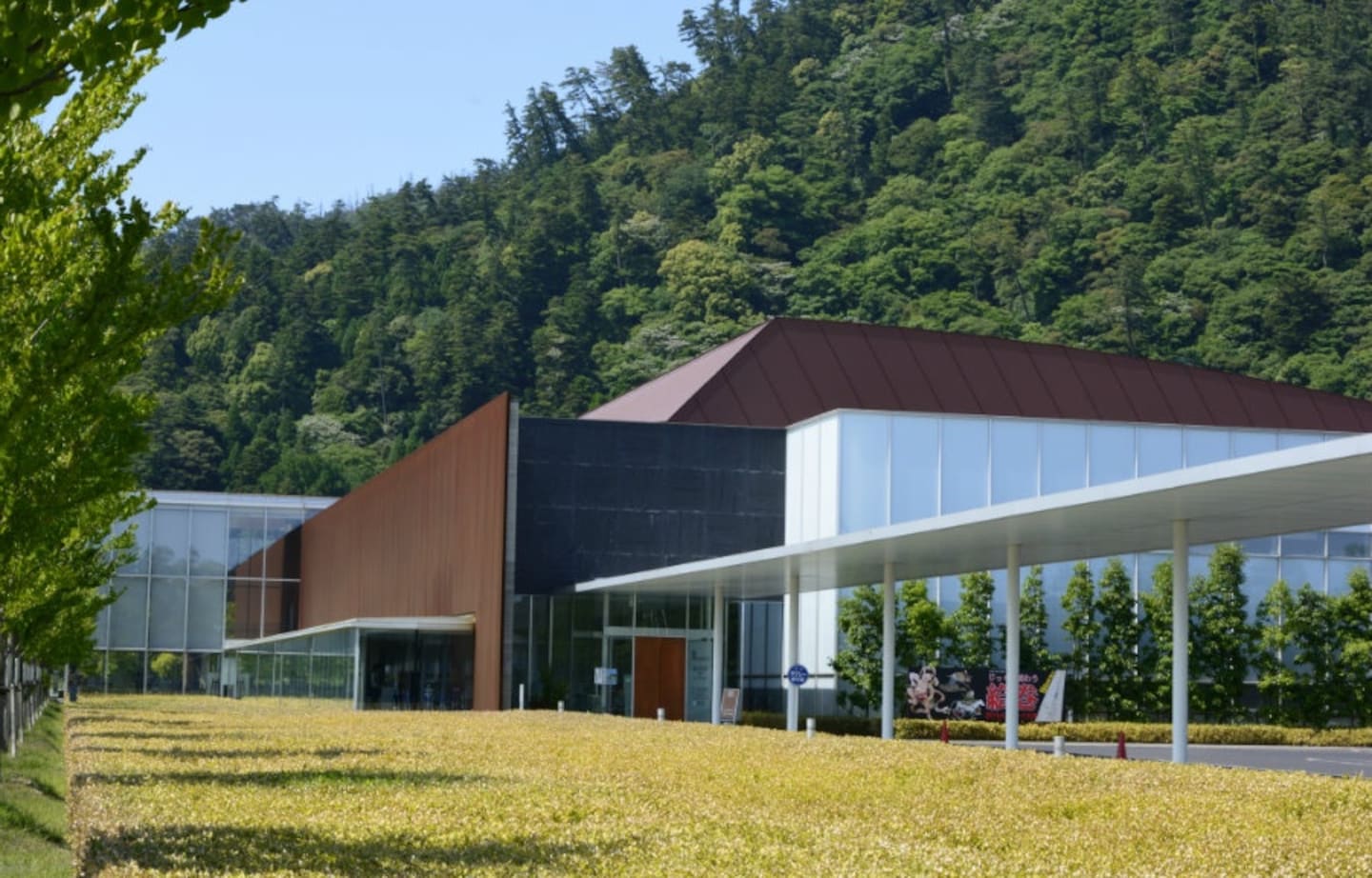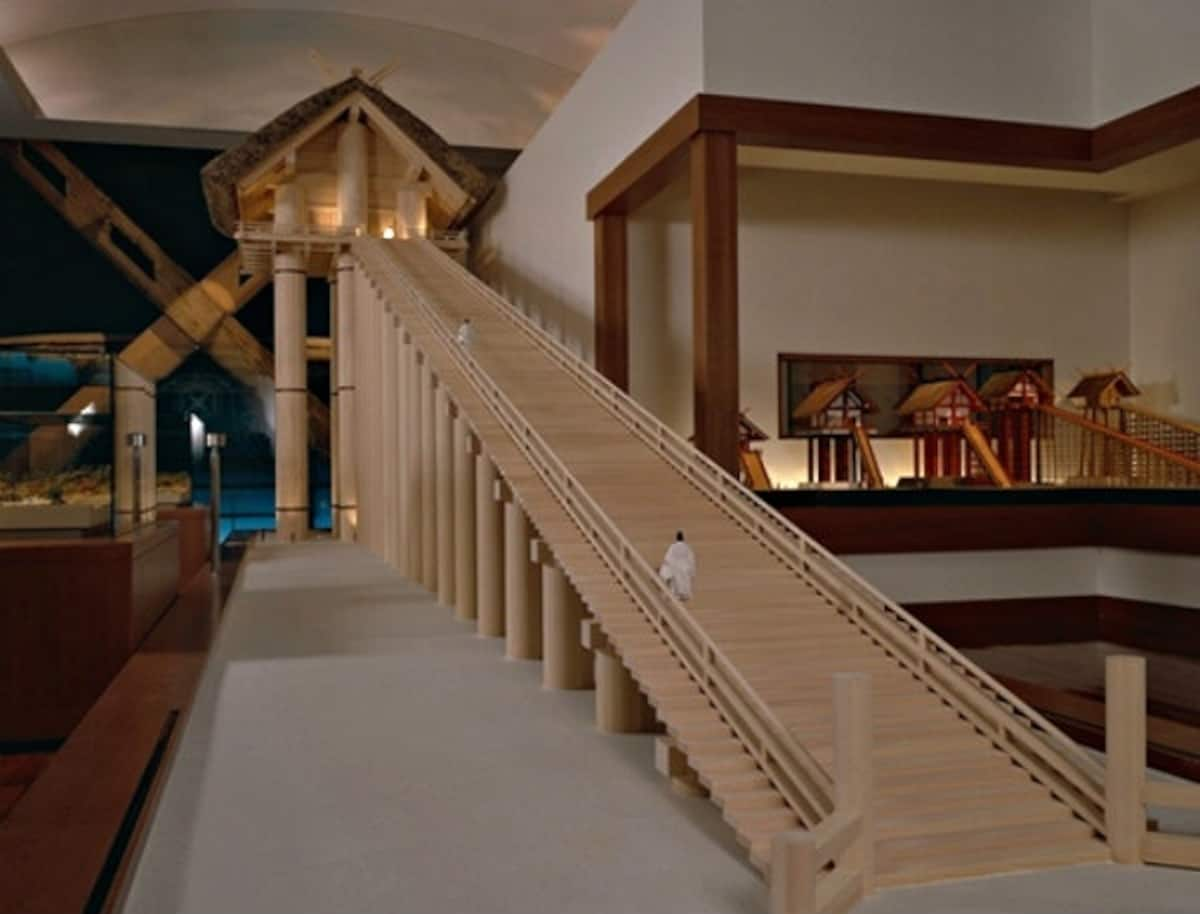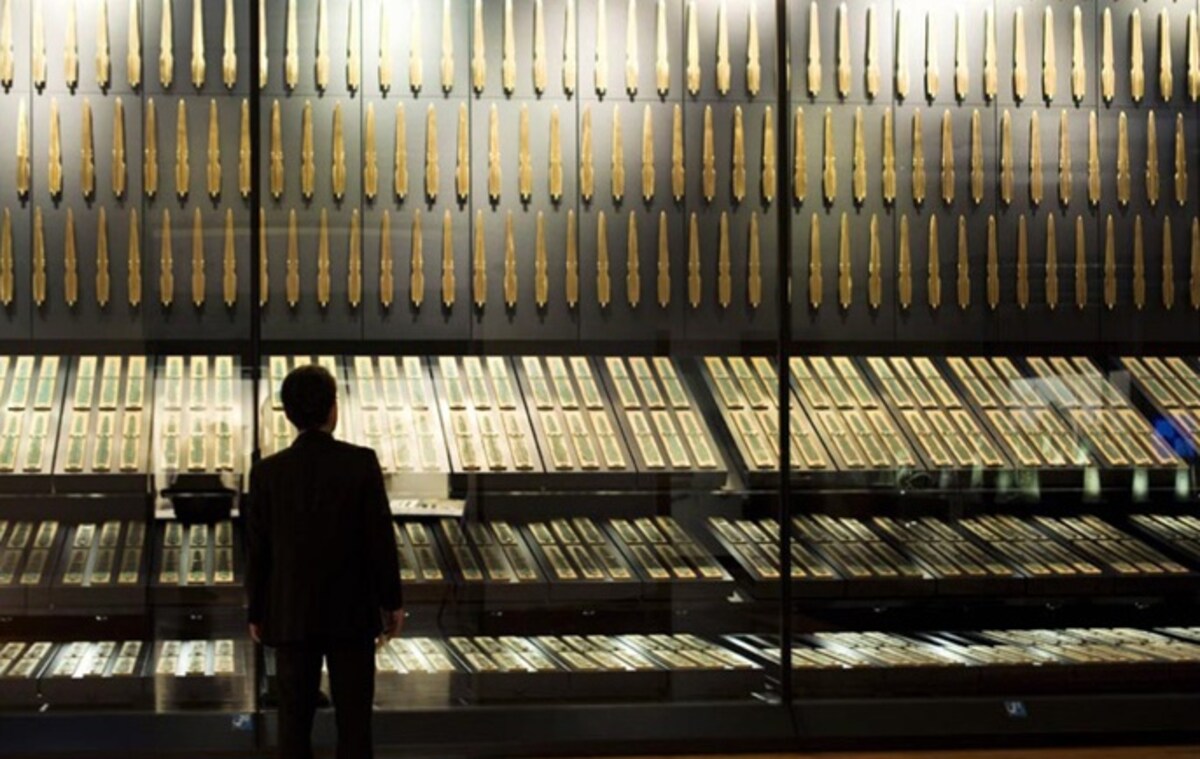Shimane Museum of Ancient Izumo

The origins, history and even the design of Izumo-taisha Grand Shrine—one of the most important religious sites in all of Japan—are shrouded in mystery and legend.
By Highlighting Japan
http://www.izm.ed.jp/db/index.php
Close to the northern coast of what is today known as Shimane Prefecture, no written records survive of when this Shinto shrine was first built, while there has been much debate over the design of the earliest structures to grace the site.
However, described as far back as the year 950 as being around 48 meters (157 ft) tall, the shrine is believed to have been conceived as a place where the gods could reside. In 2000, excavations of the site uncovered the remains of massive tree trunks that had been bound together to form the stilts upon which the structure stood, reinforcing the theory of how a shrine dedicated to the divinity Okuninushi, the "Great Land Master," once looked.

http://www.izm.ed.jp/db/index.php
Today, work continues at the site to determine the history of Izumo-taisha, and is detailed at the nearby Shimane Museum of Ancient Izumo.
And while the history of the shrine is a central part of the exhibitions, the museum also recounts the wider history and culture of Shimane. Visitors step back into time as they view lifelike models of the people who lived in the villages that dotted the region many hundreds of years ago. Sections are given over to the jasper and agate beads that were shaped into tubes and comma shapes and apparently used for jewelry; others show how Sueki pottery was perfected in hillside kilns and, in later centuries, how silver was mined at the Iwami-Ginzan mine. Experts believe that as much as 38 tons of silver were mined each year at the peak of its output.
A whole exhibition hall has been set aside to show off one of the most remarkable discoveries in Japanese archaeological history: that of 358 bronze swords that had been buried alongside each other, as well as a number of bronze spearheads and stylized bronze bells, many etched with designs or images of deer, turtles and other animals.
The artifacts, uncovered on a forested hillside in 1984, were the work of people from the Yayoi Period in history, some 2,000 years ago, and were all very similar in design.
Each of the blades had been carefully created before being laid out in neat rows and then buried. The experts are divided on why the weapons were left at this spot, but their discovery inevitably raises hopes that more such caches are waiting to be discovered in the hills that surround the museum.




